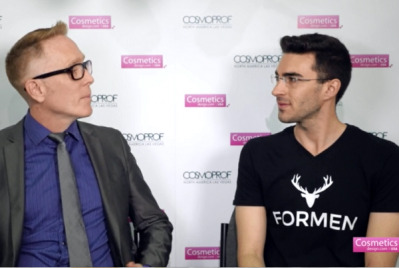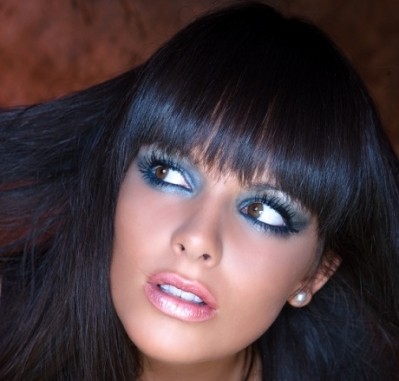Make-up really does work, scientists claim
make-up to appear more attractive, a strong marketing tool for
cosmetics companies trying to increase sales in this
ever-competitive sector.
A study, published in a Royal Society journal, reveals that women with higher levels of the sex hormone oestrogen have more colouring, making them appear more attractive.
The phsycologists said that often women with lower levels of oestrogen have less colouring in their facial skin, which their study proved to be less attractive to a cross section of people.
The study was conducted by a team of scientists at the University of St. Andrews, Scotland, and is said to prove the evolutionary theory that men are more attracted to women that show greater signs of fertility.
The St. Andrews study involved 59 women aged between 18-25 who were analysed for the level of oestrogen and progesterone contained in their bodies.
The team then asked 30 volunteers, including 15 males and 15 females, to assess the perceived attractiveness of each of the faces.
The team said that the results proved categorically that both the men and the women consistently rated the faces of women with the highest levels of sex hormone as being the most attractive.
Head Physcologist for the study, Miriam Law told the BBC, "Women are effectively advertising their general fertility with their faces."Make-up can improve the appearance accors the board, but it will obviously help people who are less attractive more."
For centuries women have accentuated the colour of their complexion and eyes using foundation, powder, blusher, eye-liner and mascara in effort to create an image that is deemed to be more attractive to men.
Now scientific evidence exists to prove that women, who have lower levels of oestrogen and less colouring in their face, can simulate the effect through the use of make-up.
But looking at the sales of colour cosmetics on a global basis it seems that women are already clued up to the discovery made at St. Andrews.
According to Euromonitor sales of colour cosmetics stood at $24.9 billion in 1997, whereas by 2004 this figure stood at $32.7 billion, a figure that represented a year-on-year rise of 7.4 per cent in 2004 alone.
In western Europe growth has been even more dramatic, with the market reaching $8.5 billion in 2004, representing growth of 13.6 per cent compared to the previous year.












